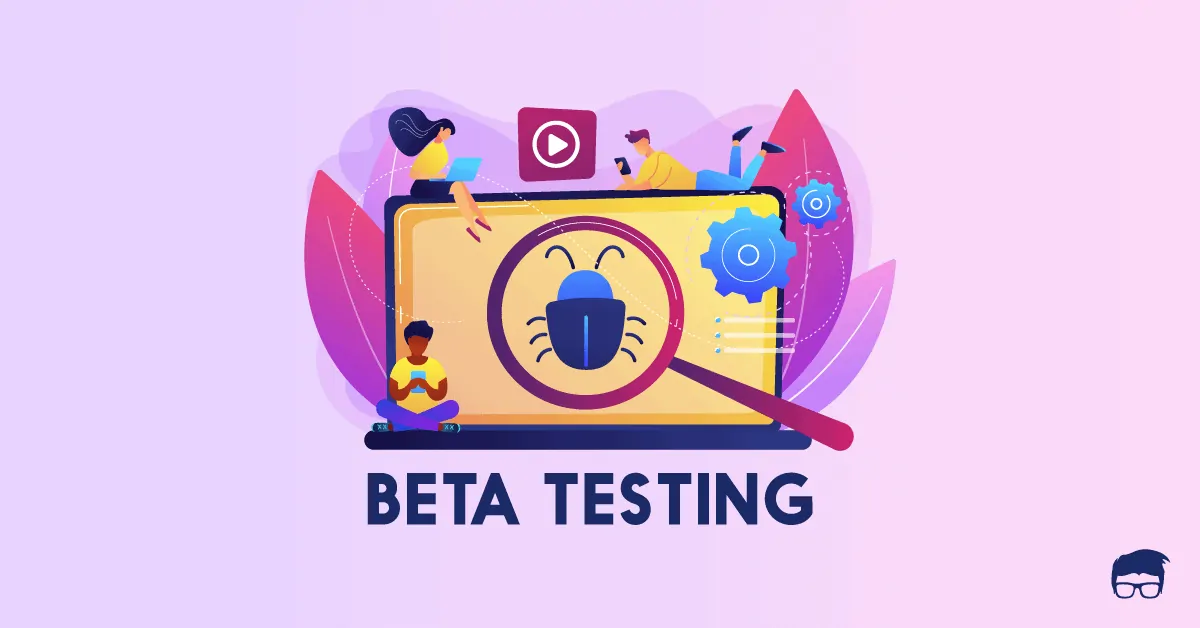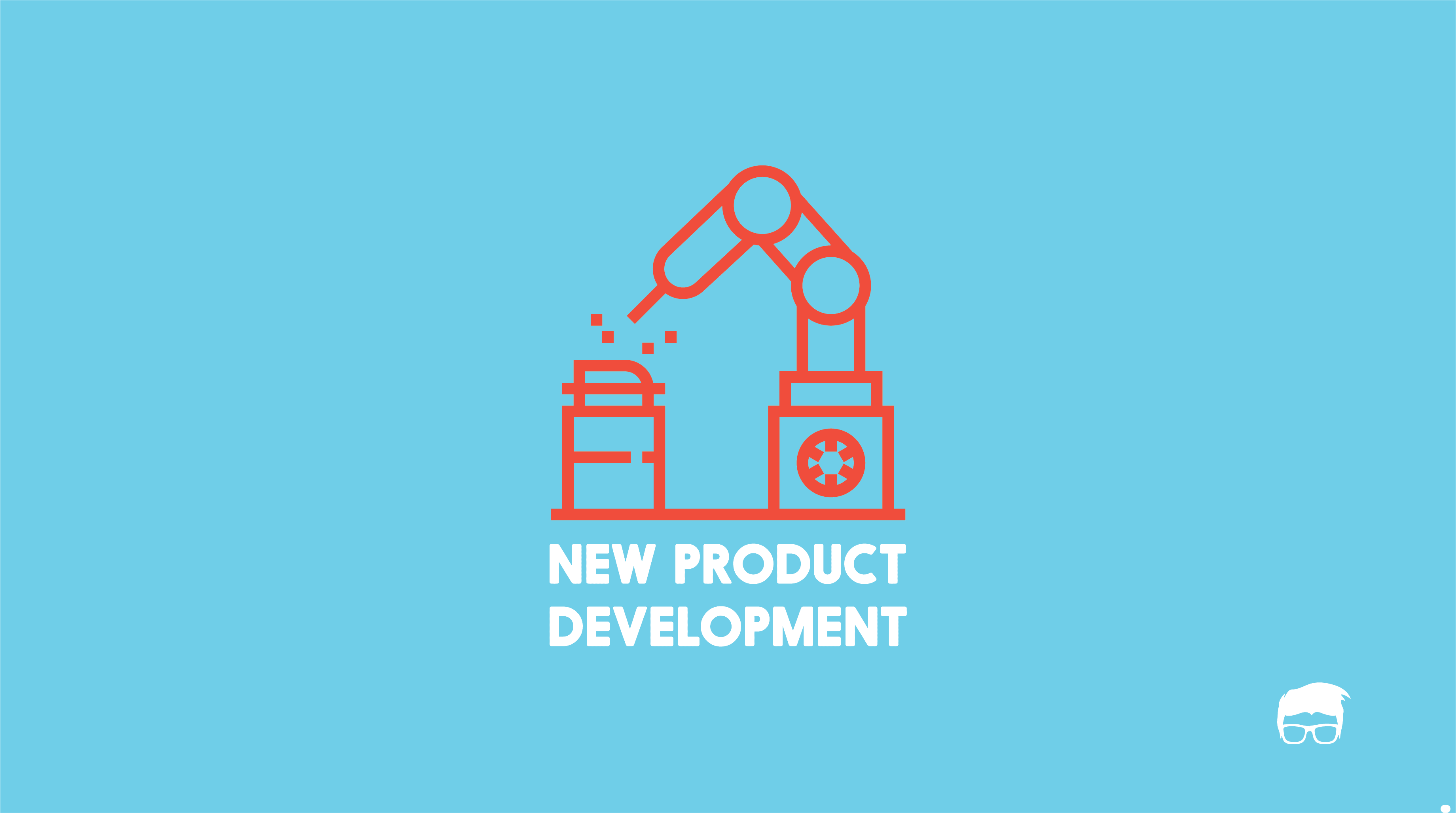Every firm wants to deliver a quality bug-free product to its customers. Thus, testing becomes a crucial step in the manufacturing process. It is carried out at different stages of the product development process to ensure that product is free from all kinds of errors and faults.
Out of all the testing stages, the one conducted at the final stages of the product development process is known as acceptance testing. The process of acceptance testing is carried out in three phases, out of which the third phase is called gamma testing.
Gamma testing aims to check the product’s performance, quality, safety, and functionality. It marks the end of the testing process and indicates that the product is now fit to work in any condition without any issue.
What is Gamma Testing?
Gamma testing is the final step of acceptance testing, which confirms that the product fulfills all the proposed requirements and is completely ready to roll out in the market. While performing gamma testing, primary attention is on product security and usability.
During this phase, the product is 99% complete, and there is no enough space for any enhancement even after receiving suggestions and feedback. The product development team goes for changes in the product only if the severity of the issue or risk is very high.
The product is often referred to by several names such as release candidate, gamma, or delta during the gamma testing phase. It is called a release candidate because it has the potential to be the final product that can be released into the market if no significant bugs emerge in this phase.
Purpose of Gamma Testing
The purpose of this final testing before the launch of the product is to check the product’s performance in real environment and to make sure that the product is ready for market release according to all the specified requirements.
It allows gathering all the useful insights related to the performance of the product.
Gamma testing is implemented to test the product from the point of view of the actual users. This kind of testing helps to improve the probability of a product’s success in the market.
How Is Gamma testing Performed?
In gamma testing, the product is first distributed for use among a small group of end-users. This group mostly includes those people who are certain to use the product after its launch. After that, feedback is collected from these users about some major specifications of the product. This feedback is then used to improve the quality and safety of the product.
When is Gamma Testing Conducted?
Gamma testing is the last step of acceptance testing and is carried out just after beta testing. It is the final stage of the product development process after which the product is released into the market.
In Gamma testing, the product is in its third phase of acceptance testing, and therefore the name of this testing is derived from the third Greek letter that is “Gamma”.
Alpha Testing vs Beta Testing vs Gamma Testing
Alpha Testing | Beta Testing | Gamma Testing |
|---|---|---|
Alpha testing is the product’s initial testing for all possible bugs and issues before introducing it to the external testers. | Beta testing is the second level of product testing performed to find out bugs or issues missed during alpha testing. | Gamma testing is the final product testing level performed to gather suggestions and feedback about certain product specifications. |
In-house developers and QA staff perform this test in a controlled environment. | External testers and developers carry it out in a real environment. | It is performed by a small group of end-users who are certain to use the product after its launch. |
During alpha testing, the reliability and security of the product are not analyzed in-depth. | During beta testing, more focus is on the reliability, security, and robustness of the product. | During gamma testing, the main emphasis is on checking the product’s safety. |
The product is tested in controlled lab conditions while performing alpha testing. | The product is tested in a real external environment during beta testing after completing alpha testing internally. | The product is tested in external conditions by a small group of end-users by skipping all the in-house activities during gamma testing. |
In alpha testing, all the issues and bugs are addressed immediately by the product development team. | In beta testing, the issues and feedback collected are implemented in the forthcoming versions of the product. | In gamma testing, the issues or feedback collected are not implemented unless the severity of it is very high. |
Advantages and Disadvantages of Gamma Testing
Gamma testing comes with its own set of pros and cons. These are:
Advantages
- Gamma testing allows measuring the quality of the product from the perspective of end-users.
- In gamma testing, all the in-house testing activities are skipped, which saves a lot of time and effort.
- High skilled testers and developers are not required for gamma testing and is conducted by gathering feedback from a small set of end-users.
- There is no need to develop any simulated test conditions during gamma testing as all the testing is done in real conditions.
- As gamma testing involves a minimal number of end-users, it is easy to collect comprehensive feedback on the product from them.
Disadvantages
- It isn’t easy to control the complete testing process because the prominent participants in gamma testing are end-users.
- It is vital to select the right set of genuine and reliable end-users since there is always a chance of wrong feedback being provided by them.
- Important data related to the product’s specifications and functions might get leaked while conducting this kind of test.
Why is Gamma testing becoming a thing of the Past?
Nowadays a very few companies carry out gamma testing.
A majority of companies refrain from conducting gamma testing because of the limited time cycle, competitive pressure, and more emphasis on quarterly profits. Thus, with each passing day, gamma testing is now becoming a trend of the past.
Go On, Tell Us What You Think!
Did we miss something? Come on! Tell us what you think about our article in the comments section.
Ankit likes to research and write articles on topics like startups, entrepreneurship, marketing, and technology. Other than writing, he is a big sports enthusiast.









